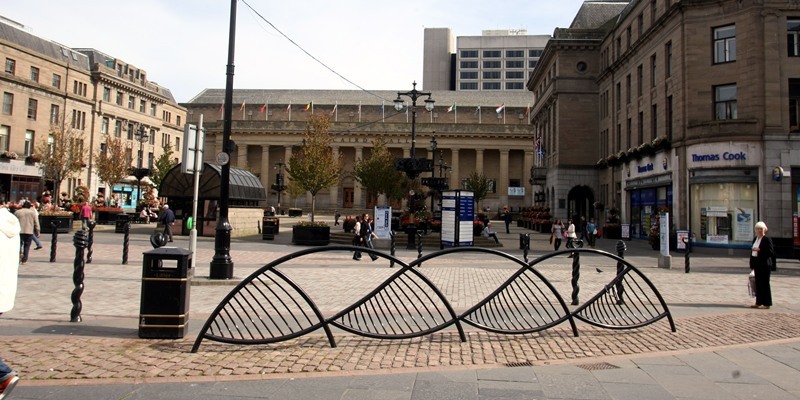One in five working-age Dundee residents claims benefits, new figures reveal.
Latest figures obtained through the Office for National Statistics reveal 19,790 people receive payments. This accounts for 21% of the local working-age population and is one of the highest percentage rates in Scotland.
The majority of claims are for jobseeker’s allowance with 4520 people registered, followed by incapacity benefit with 2810.
Over half of all benefits paid out in the city are in the form of employment and support allowance or incapacity benefit, with the remainder made up of other types such as carers’ or bereavement allowance.
The ONS figure comes hot on the heels of a damning report by a UK research house which revealed that Dundee has the most expensive welfare bill of any Scottish city.
The Cities Outlook 2011, recently published by the Centre for Cities, named the city as having one of the fastest dropping populations in the UK as well as being one of only four places to record an increase in jobseeker’s allowance claimants over the past year.
With deep government cuts yet to kick in and plans to reduce the size of the UK’s public sector, there is concern from local politicians that the numbers claiming benefit will go up.
Dundee West Labour MP Jim McGovern said, “There was a boom of claimants for incapacity benefits during the 1980s as unemployment rose steeply in Dundee and nationally.
“It is only fair that those who genuinely cannot work receive the support they deserve. However, underlying health concerns and benefit dependency can all be traced back to a lack of job opportunities.Growth”I fear that as the cuts begin to bite and unemployment goes up the situation could get worse. That is why I have spoken out against the cuts and why I have been calling for an economic growth strategy in Dundee.
“We must support new industries, new opportunities and we must increase the number of jobs for the people of the city.”
Dundee East MSP Stewart Hosie called the figures “concerning” but said it is not all doom and gloom.
“The city is on the brink of big job announcements in the renewables sector and the forthcoming V&A construction phase, while our computer games industry and Dundee’s life sciences sector are still vibrant and thriving.
“Dundee is moving on from high benefits dependency and high unemployment rates into exciting new industry sectors and is well on the way to turning the corner.
“However, the UK Government have not helped the city by their attitude of continually attacking benefits claimants before the necessary jobs, training and skills are in place to enable the long-term unemployed to get back into work.”
The percentage claiming benefits in Dundee still lags behind many other cities. Glasgow tops the table with 100,950 people on benefits, equating to 24.6% of the working-age population.
A total of 568,740 people receive benefits in Scotland. In Dundee last year over £412m was paid out in benefits.
